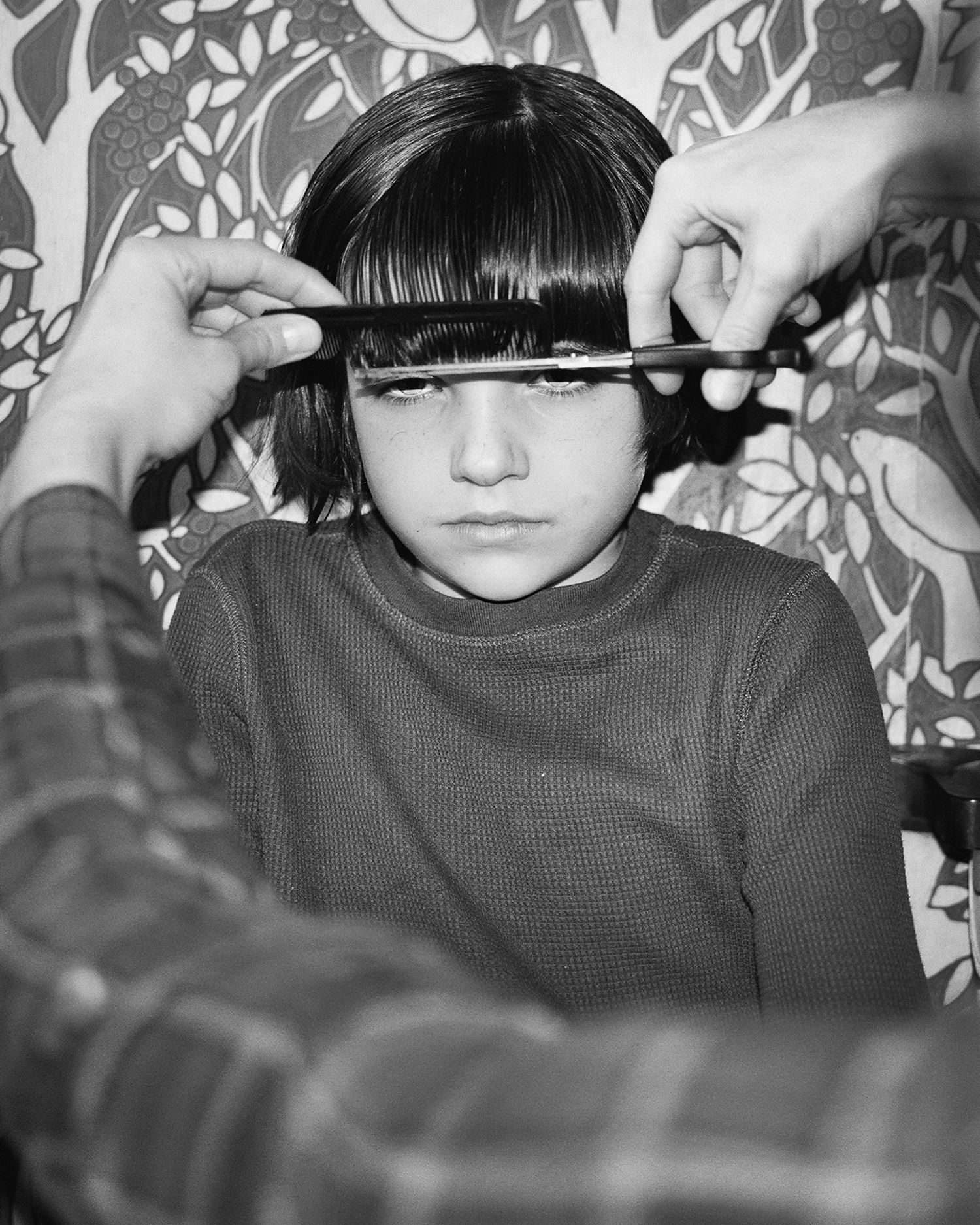Exposure: Erinn Springer
After years in New York, Erinn Springer’s return to her Midwest roots sparked a new and highly productive phase in her photography. Here, Gem Fletcher talks to her about her process
Like many creatives who grew up in small towns, Erinn Springer was curious about what a big city could offer her. From a young age, she set her sights on New York, a city with a dramatically different pace of life than she was used to growing up in Dunn County, a rural area of Northern Wisconsin.
Her family have lived in the same ten-mile radius of this prairie since the 1850s and continue a lifestyle steeped in agriculture and rooted in traditions and rituals passed down for generations. Springer moved to Brooklyn at 18 and stayed there for ten years before a string of events drew her back home, sharpening her photography and, perhaps most importantly, her understanding of self.
“I wanted an experience that was more abstract to me,” says Springer about the move to New York. “I was focused on filling my cup with different experiences. I never would have predicted going home to make work would have been so transformative professionally or creatively.
“I started to realise the impact this rural American upbringing had on me and the deep well of stories in this particular place. My time away had given me the distance I needed to see the interior of the US differently, and in doing that, I became a more true distillation of myself.”



Dormant Season, published recently by Charcoal Press, is a bridge between these two experiences. The book depicts the contrasts of the modern Midwest, where everyday occurrences get caught between past and present.
Springer started shooting in 2016 during her annual trip home for Thanksgiving. The seasonal celebration revolves around Wisconsin’s winter rituals of ice fishing and the white-tailed deer hunting season. Although Springer doesn’t hunt, she documents these intergenerational experiences in poetic vignettes that speak to how we become part of the fabric of a place.
The project was initially born from an environmental perspective, reflecting how seasons shape people’s lives, specifically in rural communities. Over time, the work evolved, drawing attention to the psychological impact of the land and its inhabitants as the prairies embody the heart of an old dream and a site of transformation. For Springer, it was vital that Dormant Season resist the pictorial tropes of the Midwest. Instead, she goes deeper, speaking to the coexisting forces of the area rather than focusing on a singular “searing elemental aspect of a place”.

Springer’s visual approach sits at a series of intersections. Her photographs feel simultaneously casual and staged, emotional yet relatable, familial and anthropological. She imagines real experiences through the lens of fiction, reaching for sensation while grounding every gesture in a sense of place. Dormant Season is a collective tracing of history, expanding stories and the micro-narratives within them, to create a layered project that effortlessly captures the tiny disturbances in the fabric of reality.
Spending time with her participants is vital to Springer’s process. “It’s about getting to know strangers and how they move, who they are and how they occupy space.” With this commitment in mind, Springer offers a skill swap to her collaborators out of respect for their time. “I don’t want to impose. And I truly mean that,” she explains. “I don’t want anyone to feel like it’s an obligation. They have plenty to do, and I know I’m asking a lot! So, I always offer people a trade. I’ll babysit your kid or repaint your barn. For me, it’s kind of a given. I can’t expect people just to come over and sit and talk to me for an hour.”
In January 2019, Springer returned to rural Wisconsin for an extended period due to the traumatic and sudden loss of her brother-in-law, Travis. “I was quite close to him,” Springer says. “He was also my brother’s best friend and a big part of our family for as long as I can remember. At the time, my mom began co-parenting with my sister, and they all moved into the family home we grew up in. I began to watch my niece and nephew, seeing their narrative unfold as an iteration of mine, yet vastly different due to the loss of their father.”



Springer began exploring her feelings in Home is Where the Garden Grows, a profoundly intimate project that takes the rollercoaster of grief and translates ineffable emotions into a visual and felt world. Like much of Springer’s work, these images use nature as a talisman for her sitter’s state of mind, speaking to the intangible forces of depression, spirituality, care and comfort.
“I’ll always be processing Travis’ death,” Springer tells me. “That project will be a companion for my grief and the evolution of my family as we process the world after the loss of this key figure in our lives. Making the work was challenging. My camera is not prioritised in the same way it usually is, and that’s been an interesting teacher for me. This family portrait has become my way to grasp irreversible events, accept the notion of time, and attempt to understand life through the beauty and death that’s part of every living being.”
We often return to photographs when we can’t access a person, place or memory. In many ways, Home is Where the Garden Grows is a survival strategy that reaches for a psychic space transcending an indexical biographical image. As a photographer, Springer’s mastery comes from her ability to unravel the complexities of the human condition with tenderness and grace – taking the things we hide in the darkness and gently moving them into the light.




